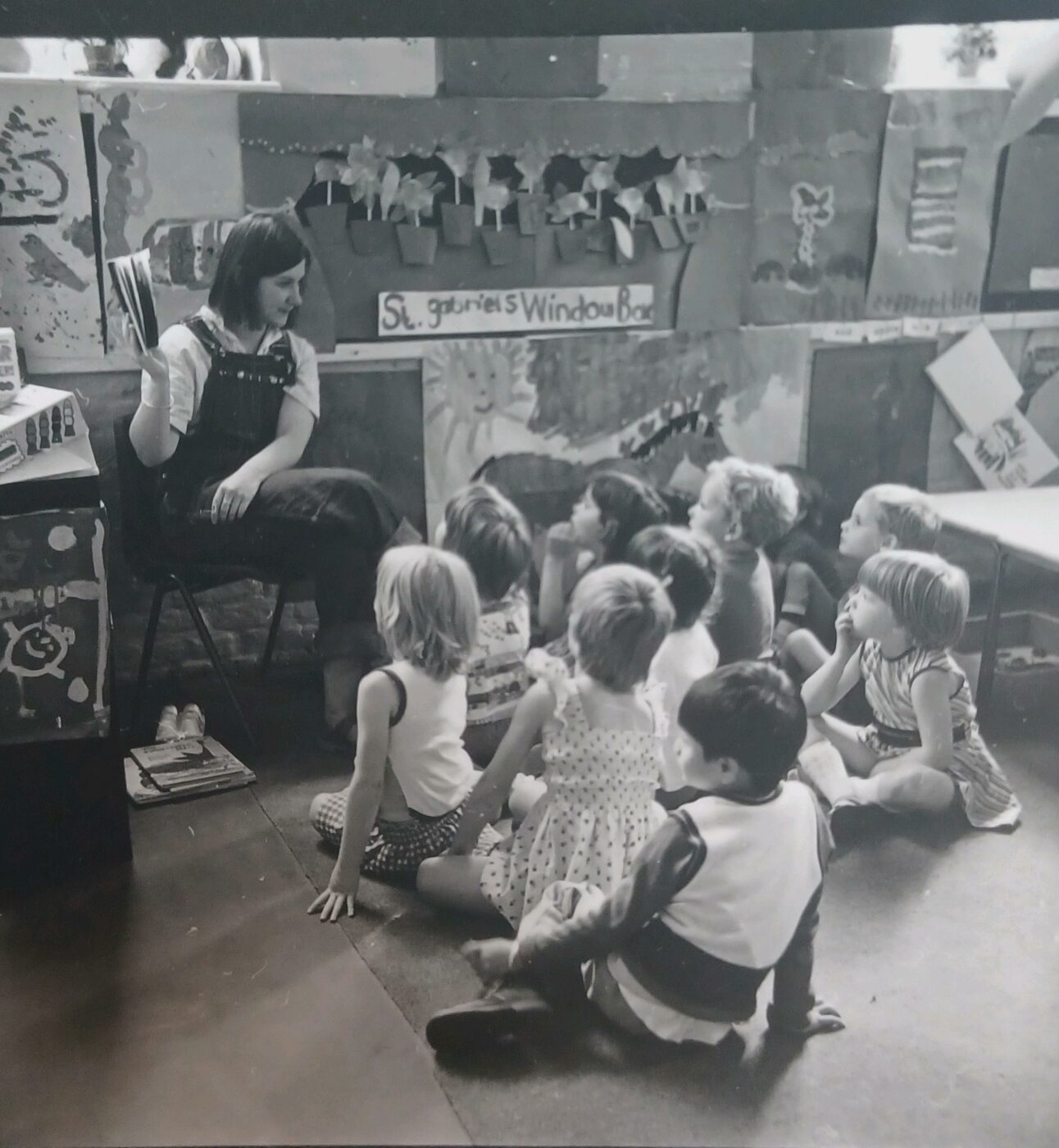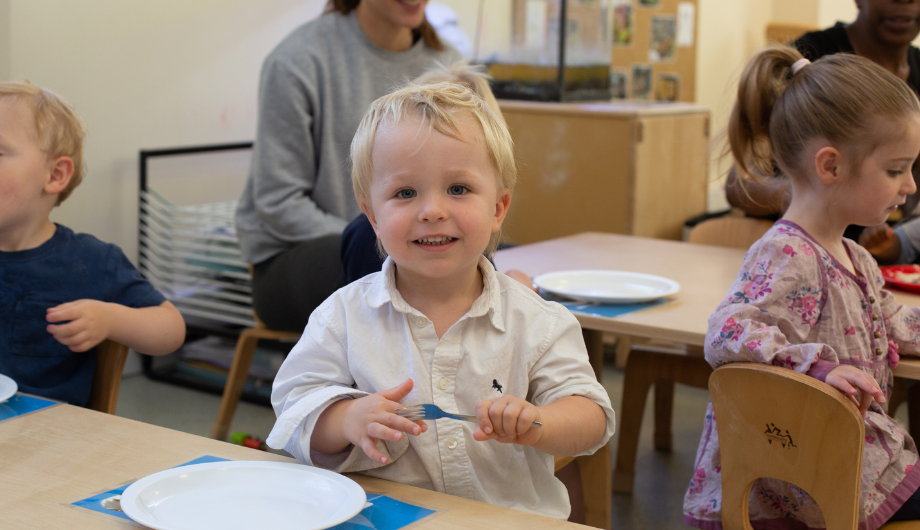
Talking Early Years: Celebrating 120 Years at LEYF
The Year That is 2023 – This year, we are proud to celebrate 120 years of LEYF. It’s been fascinating to reflect back on what has changed over…
October 12th 2012
I went to the Conservative Conference because I was invited to speak at a couple of Fringe events. Having done a day and a half at the conference last year, I felt more able to navigate my way around this time; plotting a pathway through the oodles of fringe meetings, networking and general schmoozing. I laughed out loud when I realised I was wearing my red autumn coat and sporting an equally red sore nose. Amid the greys, blues and muted lilac, I think I may have stood out just a little!
The Fringe meeting I was speaking at was organised by Policy Exchange and centred around four questions. The panel was chaired by Eleanor Mills, the Associate Editor of The Sunday Times. She was very relaxed and, like many successful career women, is a governor at the school of her own young children. The MP representing the Conservatives was Claire Perry who sits in Devizes and had been on the Parent Committee of her local Playgroup when her son was little. Lucy Lee is the new Head of Education at Policy Exchange, also has small children and is governor of a secondary school. Finally, there was Professor Helen Penn from the University of East London… and me!
Q1: Who should pay for childcare?
Well that is the big question, and I continue to argue that no one can answer it until we decide what childcare is for and what we as a society want for our children. Childcare expanded when Tony Blair made the link between working and getting out of poverty, in which case lack of childcare was seen as a barrier. It has since been tacked on to the social mobility agenda. In the meantime, we have become increasingly aware of the long-term benefits of early education for all children and how it can ease their path to a successful economic and emotional life. We all know about the economic benefits this brings to society as a whole, and those who don’t know should read James Heckman as a starter for ten.
Much was made of the differentials between the UK and the other OECD countries; the fact we seem to spend 1.1% of GDP on childcare, yet parents still make the highest proportion of the cost. The question was tackled with a raft of statistics from Professor Penn, who said much needs to be challenged about what we put into current figures, how this skews the actual money spent and would explain why we seem to be getting very poor value for taxpayer’s money. She has just finished a report waiting for approval at the DfE which will no doubt be both enlightening and informative.
As you would expect, Scandinavia came up and the fact that children age one to six can access childcare there as a universal right; that parents manage to pay less towards the cost (as little as 10%) and the quality of service given to all children remains high.
Q2 Are we over-regulated?
The issue of deregulation came up, and as ever we found ourselves having to de-mythise the notion that registration was a major factor in our high costs. (It was something I heard at another fringe, Britannia Unchained; a mishmash of clichés and reflection which, despite the efforts of one, provided a solid historical framework to shape a future debate.)
Of course we have regulation, but the challenge is not the actual regulations (which are light compared to the rest of Europe), but the many and varied interpretations that local authorities make around the guidance in their role as keeper of the public purse:what we need is a reduction in the more general red tape that allows us to speed up business decisions. Making us VAT exempt would also help, alongside sorting out rents and lease arrangements. I suggested they look at Ontario and how they subsidise childcare salaries – especially in nurseries serving poorer neighbourhoods – and how this seemed to have a good impact on retention, quality and morale. Yes, you spotted it – the debate is rather depressingly focused on all the same old chestnuts! We so need to just get on and get an overall strategy sorted; the cost of regulation is really not the issue.
Finally, as we spoke about the importance of quality, we touched on issues such as the fact that children go to school too early in the UK; how if we kept them in a nursery setting (using an appropriate nursery education model), they might end up like Finnish children, top of the literacy and numeracy tree. What is more, we would no longer have to spend £9billion annually on addressing basic literacy issues. We might also solve some of the issues re the shortage of school places too.
I think now more than ever we need to examine the UNESCO Caring and Learning Together report, as recommended by Peter Moss, and use the structure to reconsider what we are doing in line with a discussion with members of the public about what we need for all children (a message that could be easily translated for other sectors such as elderly care).
So let’s think about an integrated model which is supported by Government, not supplanted by it; a model that weaves together all the factors below so we can achieve a vision like our friends in Scotland, and make the UK the best place to be a child:
Not forgetting how helpful it would be if it were led by an integrated set of Government departments with real power, funds and decison-making responsibility, not always looking over their shoulders for the veto from the Treasury.

The Year That is 2023 – This year, we are proud to celebrate 120 years of LEYF. It’s been fascinating to reflect back on what has changed over…

We have been raising the issues of childcare funding for over 10 years. It has been so long, I am amazed at how patient I’ve remained – and…

In the beginning of 2022 So here we are. The final blog of 2022. And hey, we’ve managed to get through what has been a year of discontent and foolishness.